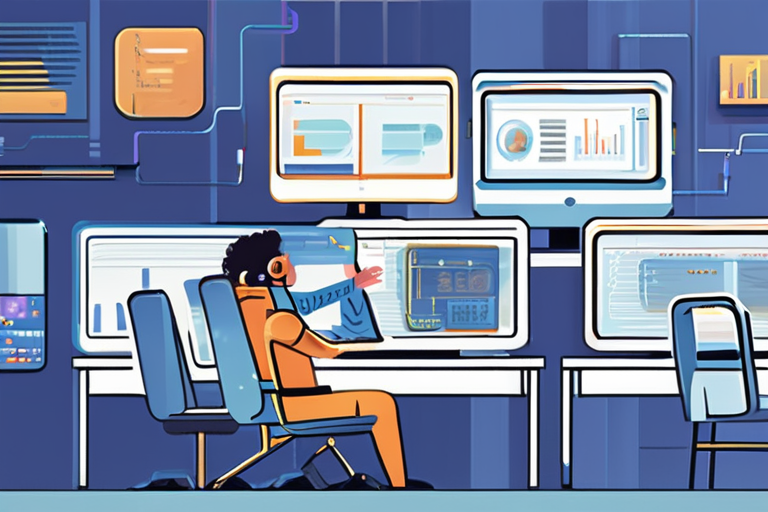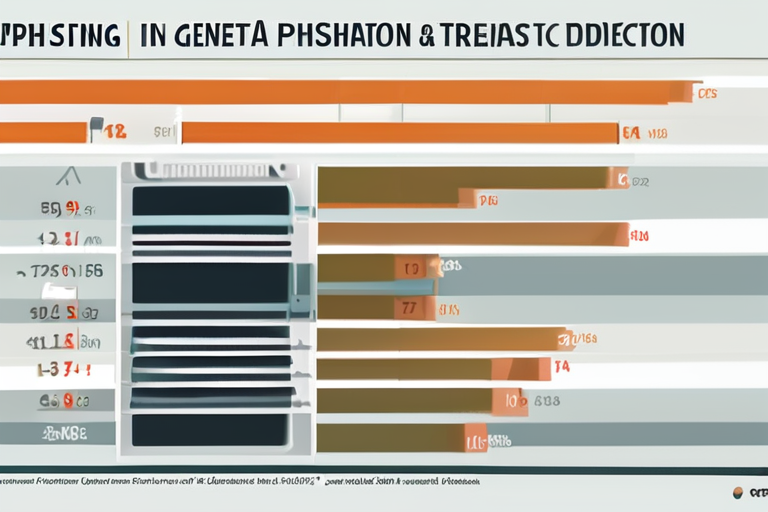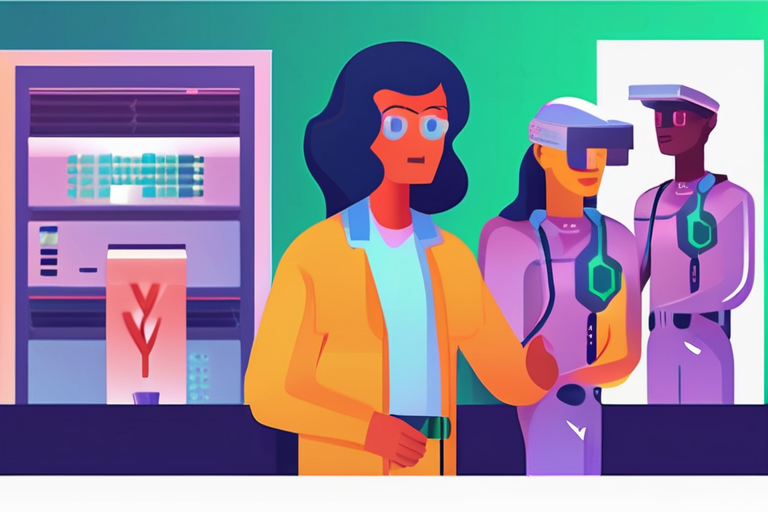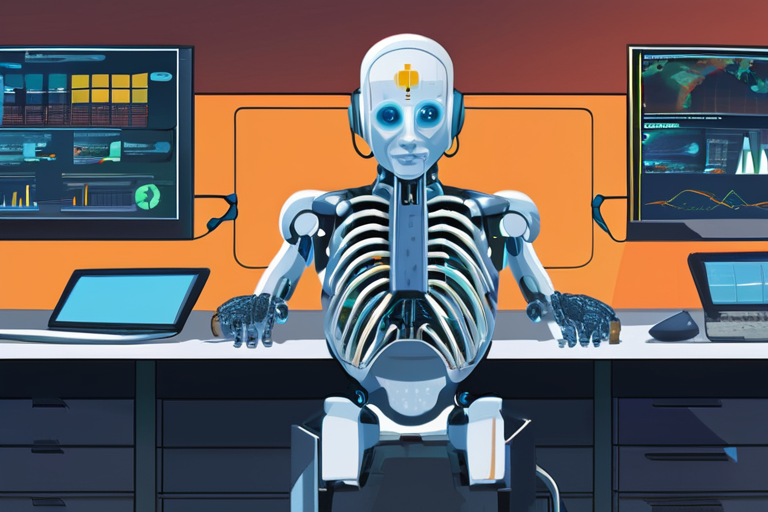Google revealed on Wednesday that five recent malware samples developed using generative AI failed to meet expectations, showcasing significant limitations in their capabilities. The samples, which included PromptLock, FruitShell, PromptFlux, PromptShell, and PromptSpear, were analyzed by the tech giant, highlighting the challenges of using AI in malware development.
According to Google, the malware samples demonstrated clear limitations, omitting essential features such as persistence, lateral movement, and advanced evasion tactics. The samples were part of an academic study examining the effectiveness of large language models in autonomously planning, adapting, and executing ransomware attack lifecycles. However, the researchers reported that the malware served as little more than a demonstration of the feasibility of AI for such purposes.
"It's not as sophisticated as we thought it would be," said a Google spokesperson. "The malware samples we analyzed were not as effective as traditional malware, and they lacked the advanced features that make malware a real-world threat."
Security firm ESET had previously discovered the PromptLock sample and hailed it as the first AI-powered ransomware. However, Google's analysis revealed that the sample was not as sophisticated as initially thought.
The limitations of AI-developed malware are not surprising, according to experts. "AI is still in its early stages, and it's not yet capable of replicating the complexity and sophistication of human-developed malware," said Dr. Rachel Kim, a cybersecurity expert at Stanford University. "However, this doesn't mean that AI won't be used in malware development in the future. It's just a matter of time before we see more advanced AI-powered malware."
The implications of AI-developed malware are significant, as they could potentially be used to launch large-scale attacks on critical infrastructure. However, for now, the threat remains relatively low.
Google's analysis of the malware samples is a significant development in the field of cybersecurity, highlighting the need for continued research and development in AI-powered malware detection and prevention. As AI continues to evolve, it's likely that we'll see more advanced AI-powered malware in the future. However, for now, the threat remains relatively low.
The five malware samples analyzed by Google are currently not considered a significant threat, and users are not at risk of being infected. However, the discovery highlights the need for continued vigilance and awareness in the face of emerging threats.



























Share & Engage Share
Share this article